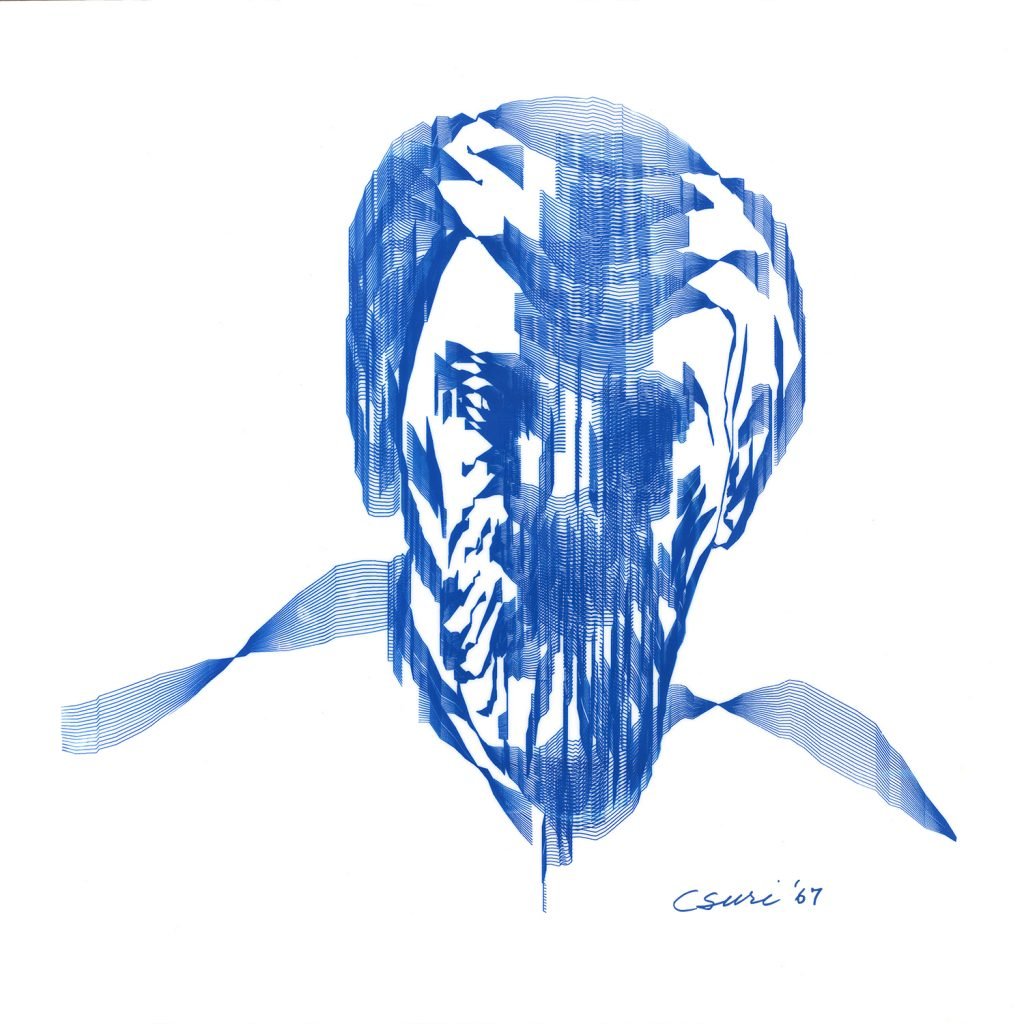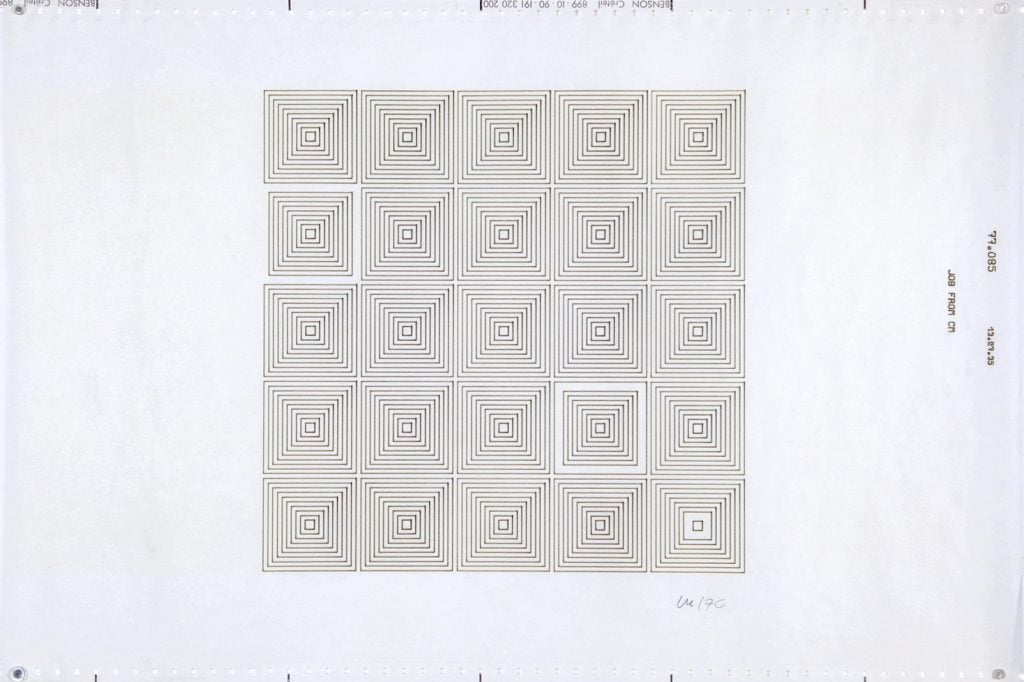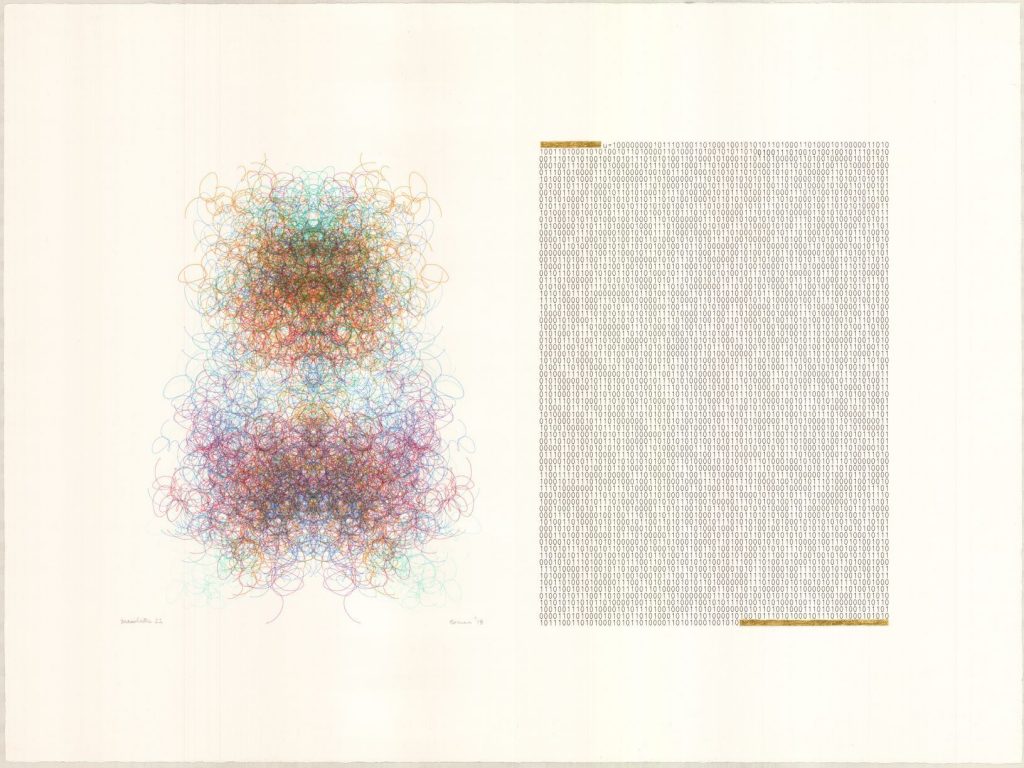Auctions
Sotheby’s Digital Art Sale Will Offer New NFTs From Some of the OGs of Computer-Generated Art
Historic and brand new works by several nonagenarian artists are at the heart of the sale, which takes place later this month.

Historic and brand new works by several nonagenarian artists are at the heart of the sale, which takes place later this month.

Artnet News

As the gold rush days of the NFT market wane, major auction houses are searching for new ways to cash in.
For its part, Sotheby’s is looking even further back into the history of computer art for an answer.
Later this month, the company’s New York branch will dedicate the latest edition of its Natively Digital sale series to generative art, a genre that dates back to the birth of the computer. The online event, set to run from April 18 to 25, will feature computer-generated works from both the art form’s earliest practitioners and those carrying on the legacy today.
“While NFT projects like CryptoPunks and the Bored Ape Yacht Club have stolen headlines around the world over the past year, few might understand how these NFTs are connected with the history of 20th-century art movements, including the early generative artists who paved the way for computer art and the algorithm based art that has inspired many contemporary NFT projects,” Michael Bouhanna, Sotheby’s co-head of digital art, said in a statement.
“Building on that legacy,” he continued, “the current generation of generative artists, with an especially large proportion of women artists, featured in this curated sale are expanding and redefining the form for the 21st century.”

Vera Molnar, 1% de désordre (1976). Courtesy of Sotheby’s.
Headlining the 15-lot sale are three example by early generative art pioneers, each represented by both a historic physical work of art and their first ever NFT.
Vera Molnár, a 98-year-old Hungarian considered to be among the first female digital artists, will contribute an early plotter drawing of randomly generated squares, titled 1% de désordre (1976), as well as a new gridded digital illustration, 2% de désordre en co-operation #01 (2022), made as a kind of homage to the first.
The two pieces are estimated to go for between $15,000 and $20,000, and $100,000 and $150,000, respectively.
Thought to be the first figurative computer drawing done in the U.S—as well as one of generative art’s best-known images—Chuck Csuri’s Sine Curve Man portrait is expected to fetch $50,000 to $70,000.
Meanwhile, the influential American artist’s only NFT, made just prior to his death in February, similarly depicts a distorted visage. The Face of Change (2022), as the piece is called, is estimated at $20,000 to $30,000 and comes with a metallic print on canvas signed by the artist.

Roman Verostko, Manchester Illuminated Universal Turing Machine, #22. (1988). Courtesy of Sotheby’s.
Ninety-two-year-old American computer artist Roman Verostko developed custom software to produce his algorithmic artworks from the early ‘80s onwards. Both of his two artworks in the sale, a pen plotted drawing called Manchester Illuminated Universal Turing Machine, #22 (1998) and an NFT titled A Universal Turing Machine Self Portrait F0.UTM (2022), were inspired by Alan Turing and are estimated at $10,000 to $15,000 each.
Also included in the sale are artworks by young crypto artists Tyler Hobbs, IX Shells (aka Itzel Yars), and Dmitri Cherniak. An NFT from the latter artist, The difference between the subtleties and the subtle ties (2022), will likely score the highest price at the event. Sotheby’s anticipates it will sell for up to $1.5 million